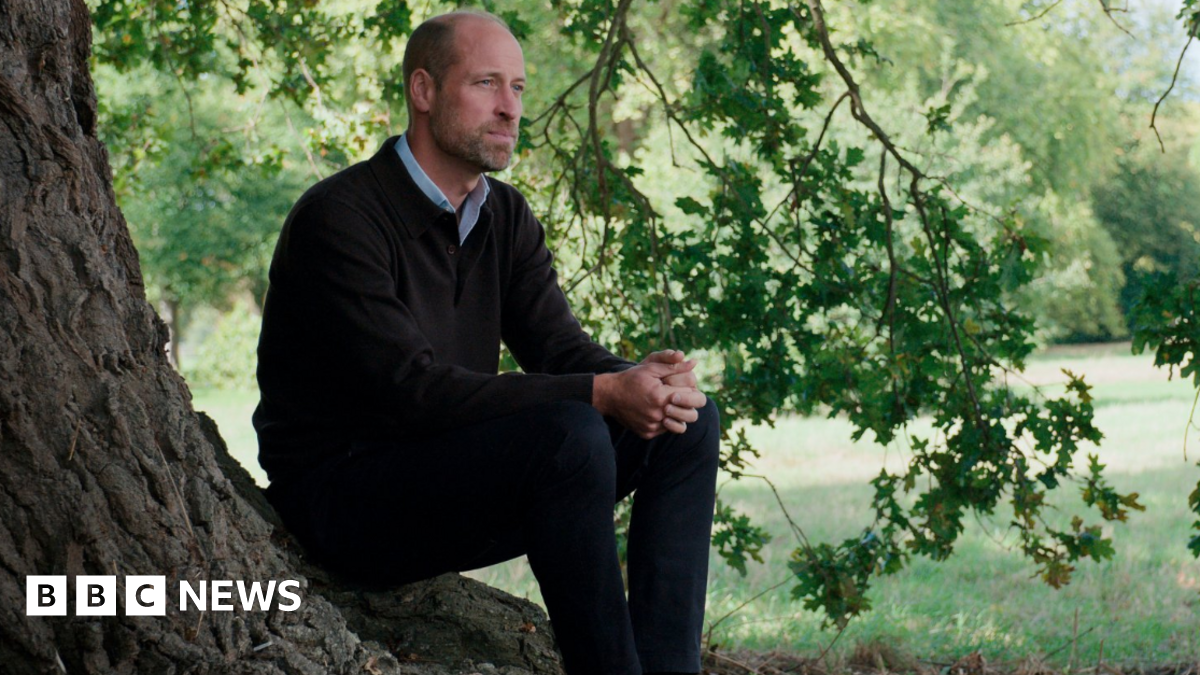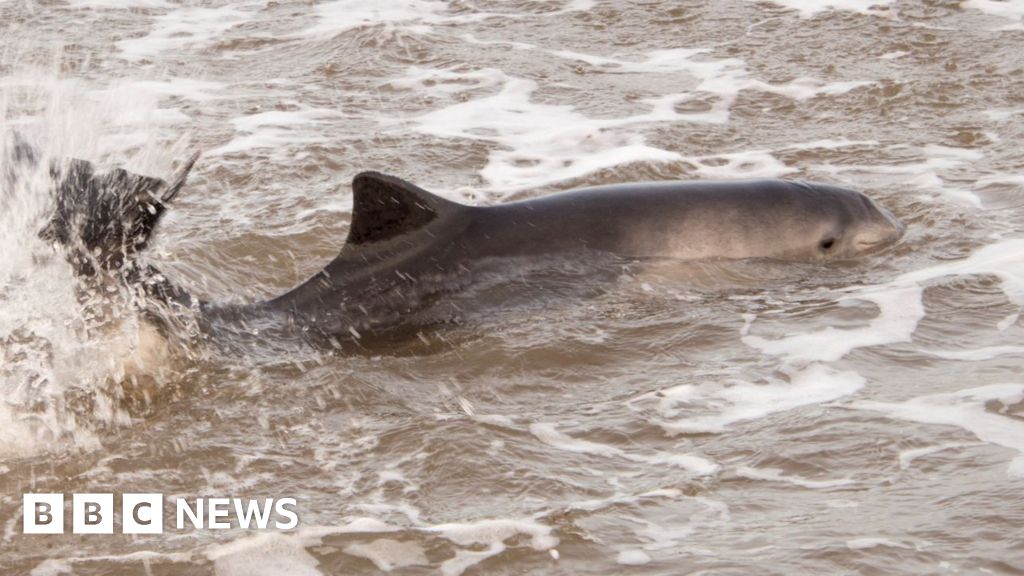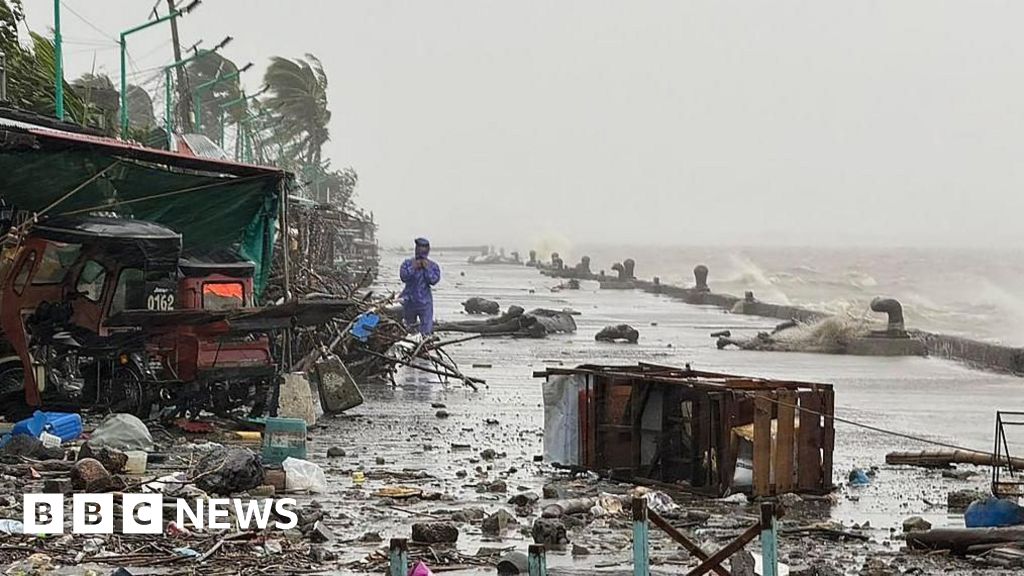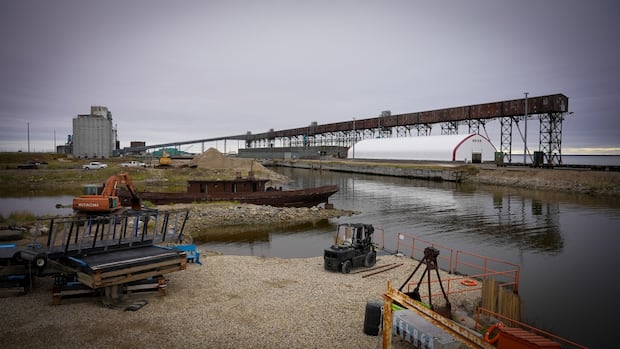Discover Wrangell-St. Elias National Park & Preserve: America's Largest Hidden Gem
Nestled in Southcentral Alaska, Wrangell-St. Elias National Park & Preserve is a sprawling 13.2-million-acre wilderness of mountains, glaciers, and untamed landscapes. Despite its immense size, comparable to the area of Croatia or twice that of Massachusetts, this natural wonder remains largely unknown to many Americans, holding fascinating history and facing threats from climate change.
Untamed Wilderness and Limited Access
Reaching Wrangell-St. Elias isn't easy, which contributes to its relatively low annual visitor count of around 80,000. While driving is possible via McCarthy, a town of only 107 residents, the route includes nearly 60 miles of gravel road, increasing the risk of tire damage. Alternative travel methods include flying, hiking, or arriving by riverboat. Once inside the park, visitors encounter mostly uninhabited areas, a few small settlements, and spaces for tourists to take advantage of the vastness of nature.
A Landscape of Striking Beauty
The park boasts breathtaking scenery, characterized by the Wrangell, St. Elias, and Chugach mountain ranges, including Mount St. Elias, the second-highest peak in North America. Glacier enthusiasts will be captivated by the Malaspina Glacier, larger than Rhode Island. The park also features tidewater glaciers and Mount Wrangell, an active volcano. Wildlife abounds, with Dall sheep roaming mountainous areas and black and brown bears found throughout. The Copper River provides exceptional salmon fishing opportunities.


A Rich History of Indigenous Peoples and Copper Mining
Wrangell-St. Elias has a long history of inhabitation by Ahtna, Upper Tanana, Tlingit, and Eyak peoples. These groups generally settled near rivers for fishing, as the area's terrain didn't support large populations of game. Russians arrived in the area first attracted by furs and copper. Following the United States' purchase of Alaska in 1867, exploration of the area intensified. The discovery of gold elsewhere in Alaska sparked an influx of prospectors.
The Copper Bonanza and the Rise and Fall of Kennecott
Although gold discoveries were limited, copper became the dominant resource. In 1900, a green rocky outcropping revealed a 70% pure copper ore, one of the richest copper veins ever found. Transporting this copper proved challenging. A mining engineer, Stephen Birch, joined forces with J.P. Morgan and the Guggenheims to form the Kennecott Mines Co., and they invested in the Copper River & Northwestern Railway, a 195-mile railroad project that lasted five years to complete.
Kennecott, composed of five mines near the town of McCarthy, operated from 1908 to 1938. McCarthy thrived, offering amenities like liquor sales and the first X-ray machine in Alaska. However, the concentrated nature of the copper ore led to its depletion by the late 1920s. One by one, the mines closed, and the last train departed Kennecott in 1938, rendering it a ghost town, with only a family of caretakers remaining to prevent building fires.


The Path to National Park Status
Wrangell-St. Elias attracted adventure seekers and outdoor enthusiasts. Bradford Washburn, a renowned photographer, captured images of the area's glaciers in 1937. As early as 1938, Ernest Gruening, then governor of the territory, advocated for the area's designation as a national park, declaring it "the finest scenery I have ever been privileged to see."
The park's enormous size, however, presented challenges in its assessment. Some officials considered its beauty insufficient for park status. In the 1960s, some suggested including it as part of the Bureau of Land Management, which would have made it commercially available. Alaskan politicians also were leery of protecting too much land in the state.


The Alaska National Interest Lands Conservation Act
Years of political debate culminated in the Alaska National Interest Lands Conservation Act, protecting over 43 million acres for parks in Alaska and doubling the size of the Park Service. This landmark legislation included Wrangell-St. Elias, solidifying its unique position due to its unmatched size and scope. It is part of a larger UNESCO World Heritage Site that includes Glacier Bay and Kluane National Park on the Canadian side.
Climate Change and Budgetary Challenges
Today, Wrangell-St. Elias confronts significant challenges, particularly the impact of climate change on its glaciers. Glaciologist David Bahr notes that "the tidewater glaciers are all receding" and that "massive retreats [will occur] but no chance of recovery."
Budget cuts facing the Park Service further threaten the park. Bahr emphasizes the need to avoid staff reductions, stating "These are lean machines to begin with." He adds how similar problems were seen "In the 1920s and 1930s, there wasn't much management in the park. It was managed from further away in San Francisco and up at Denali. There really wasn't anyone, you know, boots on the ground."


Planning Your Visit
For those considering a trip, McCarthy offers accommodations such as McCarthy Lodge and Currant Ridge. The Potato restaurant is a popular dining option, open from late May to September. In Kennecott, the Kennicott Glacier Lodge is a lodging choice. Public-use cabins are available throughout the park on a first-come, first-serve basis. The Park Service manages Kennecott, preserving its historic buildings.
Despite the park's appeal, Bahr cautions about the impact of funding limitations: "You can't cut a lean machine and expect it to still function," expressing concerns about potential operational breakdowns.
Zeb Larson is a writer, historian and software developer. Find more of his work at zeblarson.com.
 Visit the website
Visit the website







